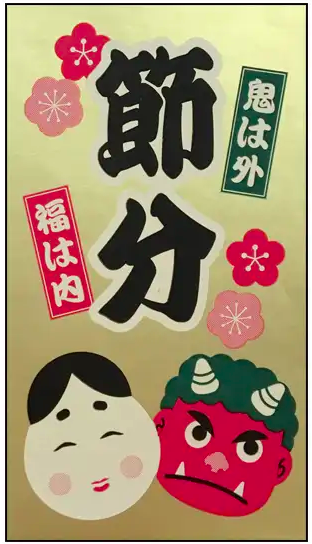
by Elizabeth Andoh | Jan 28, 2025 | Culture, Holiday, Kitchen PROJECTS, Winter
PROJECT Bean-Throwing for Setsubun Mamé maki (bean-throwing for Setsubun) tosses ogres outside (with dried beans) and brings good fortune inside (with dried beans). Fuku mamé (dry-roasted “good luck” soybeans) can be black or white (beige, really). FUKU wa...
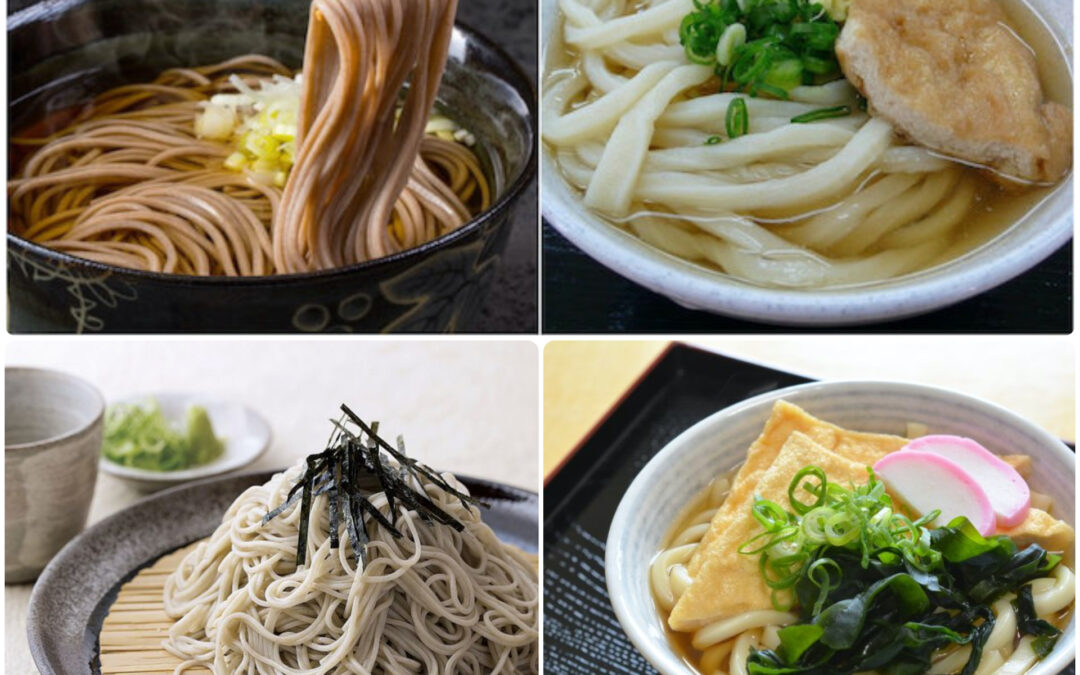
by Elizabeth Andoh | Dec 21, 2024 | Culture, Holiday, Kitchen Culture, Year-Round
Year-Passing SOBA… New Year-Welcoming UDON The Japanese bid farewell to the current year by slurping l-o-n-g noodles at midnight. Though most areas of Japan eat soba, calling the noodles toshi koshi (year-passing), those hailing from the Sanuki region eat udon....

by Elizabeth Andoh | Dec 21, 2024 | Culture, Kitchen PROJECTS
NOODLE-SLURPING Anyone who has ever spent time in Japan, or regularly eats at Japanese restaurants, knows (all too well) the sound of slurping. Noodles, for sure, but soup, tea and other liquids, too. Although noodles, soup and beverages are part of every food...
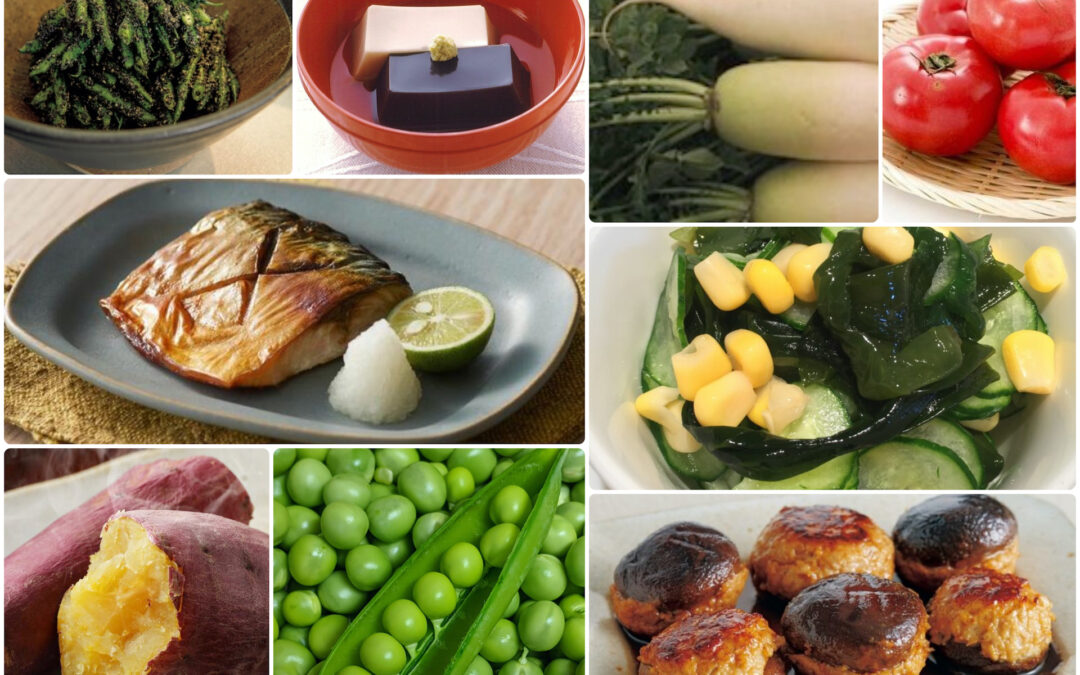
by Elizabeth Andoh | Jul 5, 2024 | Culture, Kitchen PROJECTS
PROJECT Grandchildren are Kind Grandchildren are Kind (mago wa yasashii 孫は優しい) is an acronym that helps Japanese remember the seven food groups that help support a healthy diet. The food groups are: beans (mame), sesame (goma and other seeds and nuts) sea vegetables...
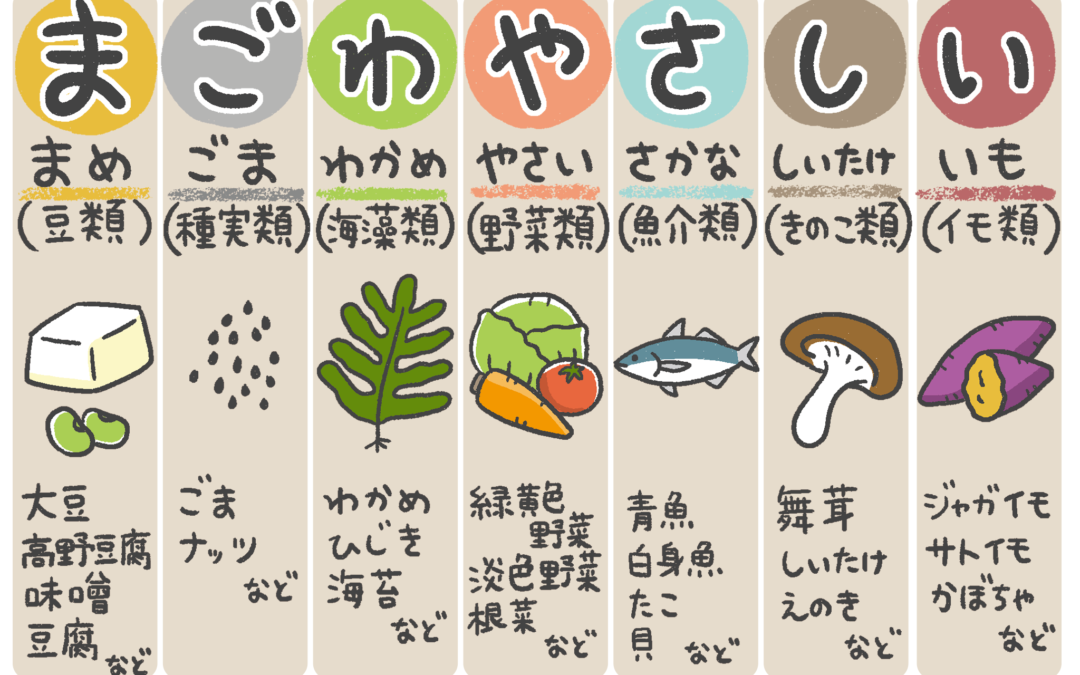
by Elizabeth Andoh | Jul 5, 2024 | Culture, Kitchen Culture
MA-GO-WA-YA-SA-SHI-I(Grandchildren are kind) This acronym helps speakers of Japanese remember the names of food groups that support a healthy diet. Each of the seven sounds represents a food group, while the total spells out a lovely adage (lauding the kindness of...

by Elizabeth Andoh | Sep 4, 2023 | Culture, Kitchen Culture
Farmers around the world deploy “scarecrows” to guard their crops from undesirable flying, crawling, and burrowing creatures. Japan’s kakashi 案山子 scarecrows that stand guard over rice fields tend to be more whimsical than frightening figures. Above, rice fields in...

by Elizabeth Andoh | Aug 2, 2023 | Culture, Kitchen PROJECTS, Summer
OBON cookery: Cucumbers & Eggplant Project OBON is about eggplant and cucumber cookery. Why eggplants and cucumbers? These vegetables reach their peak of flavor during the summer when Obon is celebrated. And, the vegetables are fashioned into transportation for...
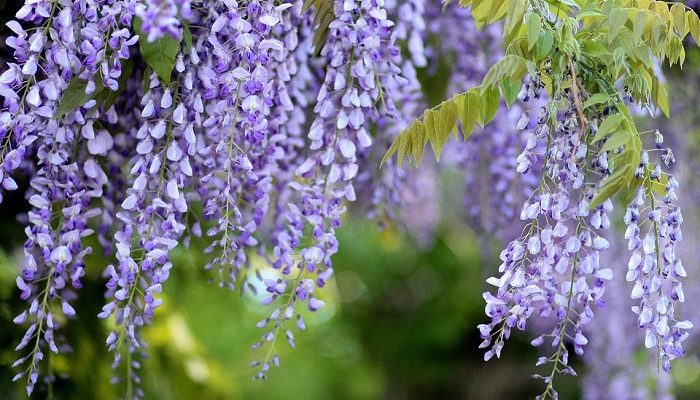
by Elizabeth Andoh | Apr 27, 2023 | Culture, Kitchen Culture
FUJI (Wisteria floribunda) A species of flowering plant in the pea family, fuji is native to Japan. In culinary matters, graceful wisteria vines inspire a seasonal motif for traditional wagashi confectionery. Fuji is often a symbol of longevity (plants have been...
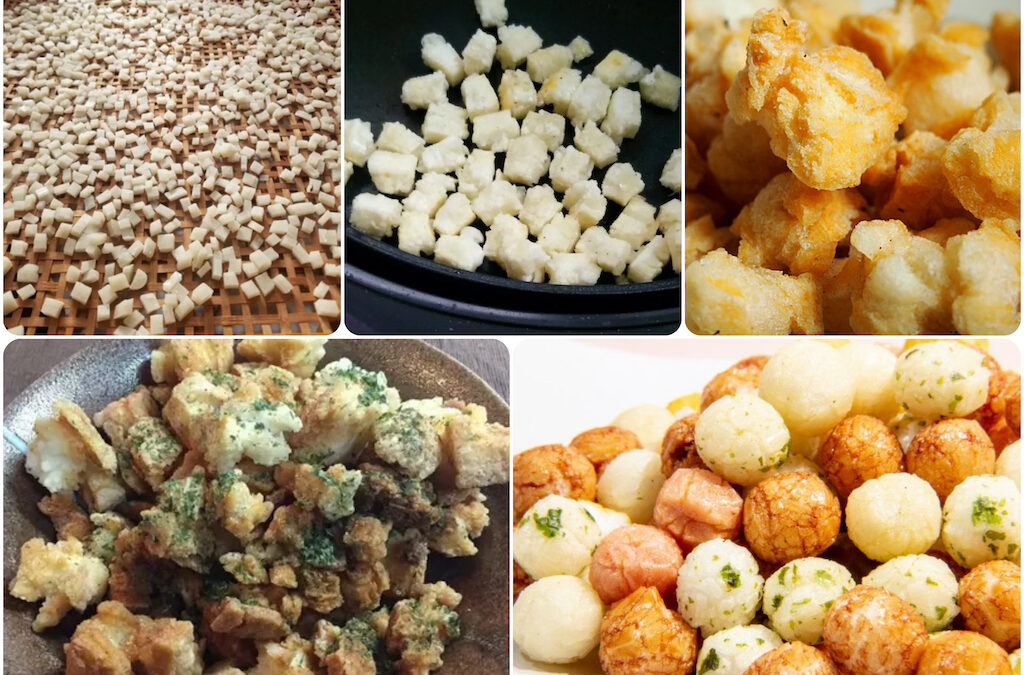
by Elizabeth Andoh | Jan 8, 2022 | Culture, Kitchen PROJECTS, Winter
PROJECT Rice Snacks Crisp-and-Crunchy Rice Snacks are a delicious way to use up leftover omochi. Inevitably after the New Years holidays pieces of omochi remain uneaten. Dried and cracking they can be repurposed into tasty ARARÉ. This Kitchen PROJECT is about making...
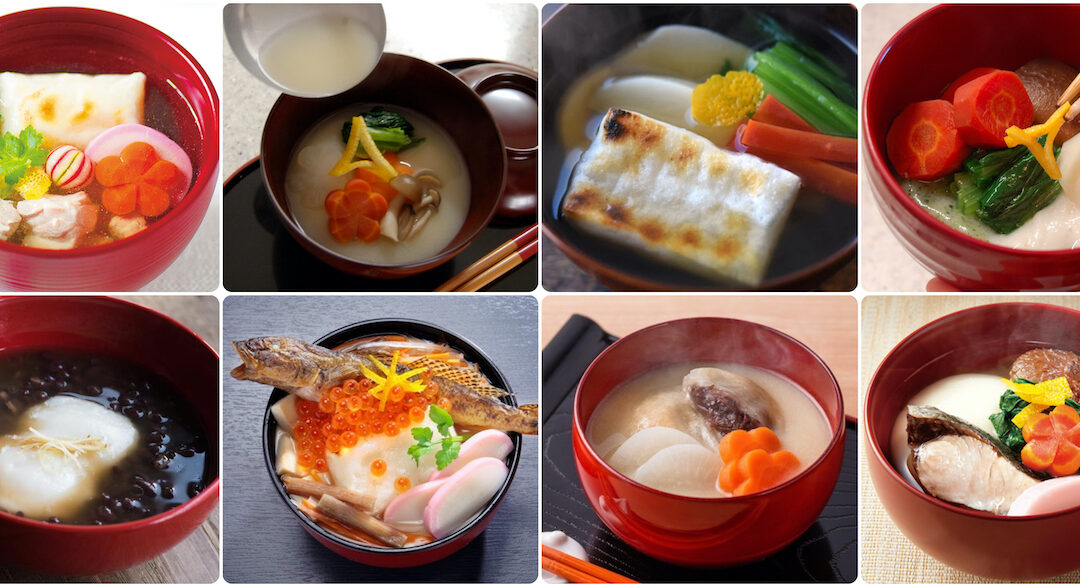
by Elizabeth Andoh | Dec 29, 2021 | Culture, Holiday, Kitchen PROJECTS, Winter
A sampling of REGIONAL OZŌNI Top row, from left: Kanto (Tokyo area) style, Kansai (Kyoto, Osaka) style, Kanto, KansaiBottom row, from left: Tottori with adzuki-jiru, Miyagi with whole grilled goby fish, Kagawa (Shikoku) with anko-filled mochi, Hakata with buri and...

by Elizabeth Andoh | Jan 24, 2021 | Culture, Holiday, Kitchen Culture, Spring, Winter
ONI wa SOTO FUKU wa UCHI Throw out the ogres! Bring in Good Fortune! 節分 SETSUBUN means “break between seasons” and such breaks occur many times during the year. However, today Japan celebrates the setsubun break that comes early in February and...
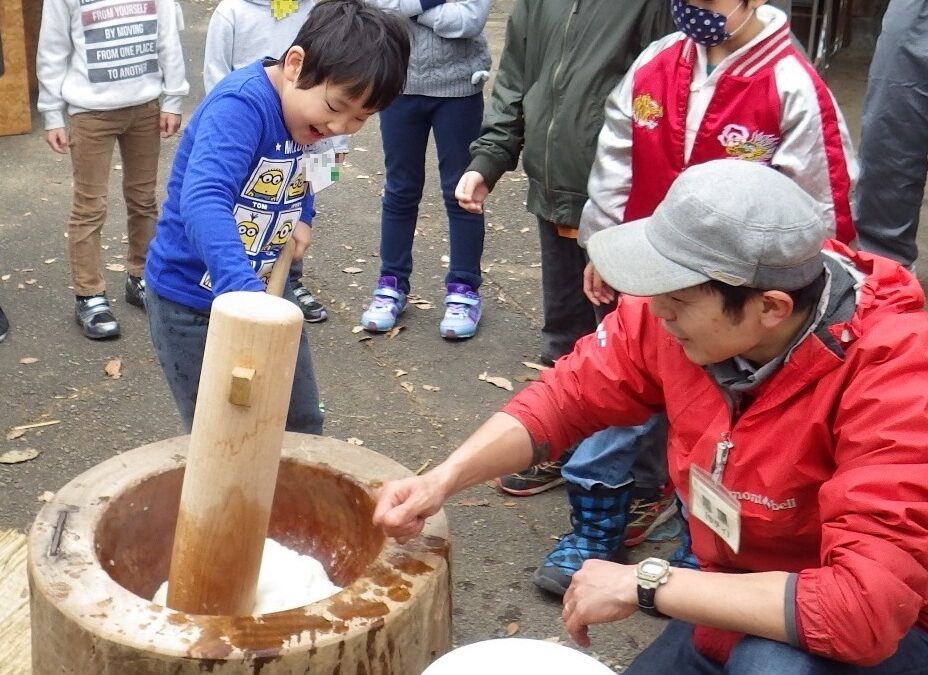
by Elizabeth Andoh | Dec 16, 2020 | Culture, Holiday, Kitchen Culture, Winter
Pounding Rice Taffy 餅つき MOCHI TSUKI MOCHI TSUKI… steamed mochi-gomé rice is pounded into a sticky, taffy-like mass. As the year comes to a close and preparations to welcome the new year are underway, communities throughout Japan organize rice-pounding events...
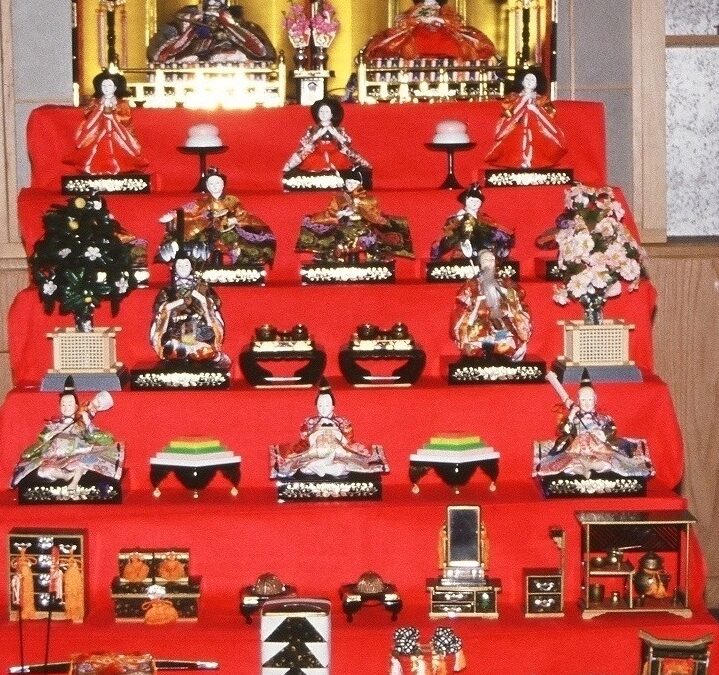
by Elizabeth Andoh | Mar 2, 2020 | Culture, Kitchen Culture, Spring
The Andoh Family’s full set of HINA NINGYŌ Just off camera is a wind-up music box that plays Ureshi Hina Matsuri うれしひな祭り. Download a chart explaining each of the dolls, and words to the song. 雛祭り Hina Matsuri Doll’s Day For ancient agrarian societies,...
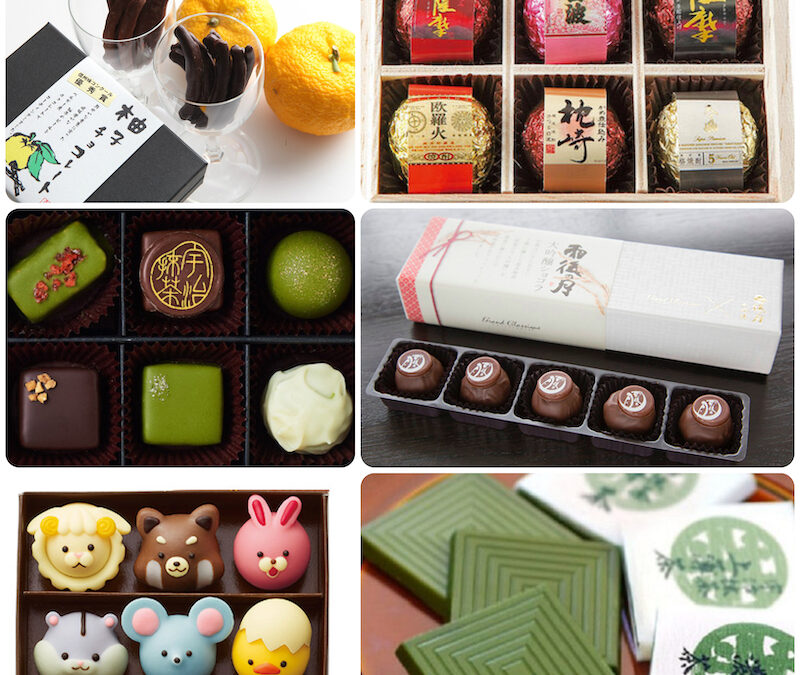
by Elizabeth Andoh | Feb 6, 2020 | Culture, Kitchen Culture, Winter
A sampling of Japan’s chocolates (clockwide from top right) chocolate covered yuzu peel, bonbons filled with various shochū spirits, bonbons filled with saké, matcha infused chocolate planks, white chocolate animal characters, a variety of elegant truffles. The...

by Elizabeth Andoh | Feb 2, 2020 | Culture, Holiday, Kitchen Culture, Spring, Winter
FUKU wa UCHI ONI wa SOTO Bring in Good Fortune! Throw out the ogres! 節分 Setsubun, a marker on the ancient, lunar-based koyomi calendar indicates the start of a new season; setsubun breaks occur many times during the year. Today in Japan the...
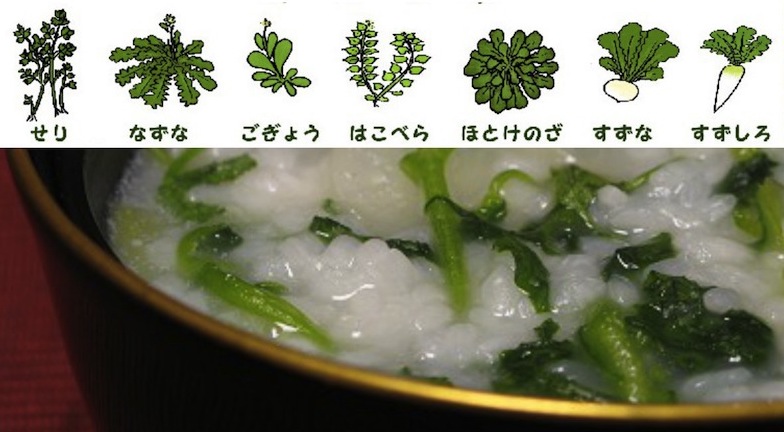
by Elizabeth Andoh | Jan 2, 2020 | Culture, Holiday, Kitchen Culture, Spring, Winter
From left to right, the seven spring herbs are: SERI, NAZUNA, GOGYŌ, HAKOBERA, HOTOKÉNOZA, SUZUNA, SUZUSHIRO 七草粥 Nana Kusa Kayu Rice Porridge with Seven Spring Herbs More than a thousand years ago, the Japanese spoke of watari-dori (“migrating birds”)...

by Elizabeth Andoh | Dec 22, 2019 | Culture, Holiday, Kitchen Culture, Winter
Kuri kinton sweet chestnuts in yam paste. KURI KINTON 栗金団 This traditional New Year’s sweet combines syrup-stewed chestnuts with a sweet paste made of mashed and sieved satsuma imo potato. The golden color of both the chestnuts and the potatoes are enhanced by...
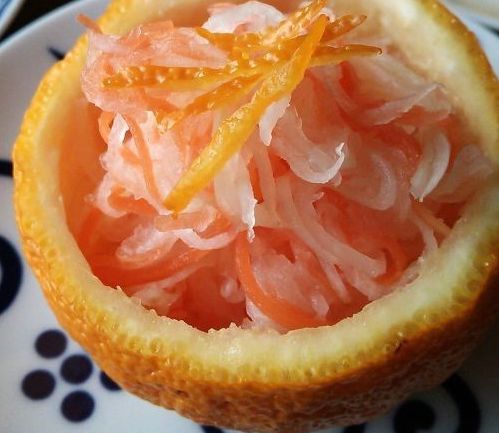
by Elizabeth Andoh | Dec 12, 2019 | Culture, Holiday, Kitchen Culture, Winter
Classic KOHAKU NAMASU, “red and white salad” is made from finely shredded daikon and carrots. Fruit peel is added after the vegetables have been salt-wilted and rinsed. The mixture is marinated in sweet-and-sour sauce for several hours to several days. Yuzu peel is...

by Elizabeth Andoh | Dec 2, 2019 | Culture, Holiday, Kitchen Culture, Winter
Glossy sugar-stewed black beans, a New Year’s treat. KURO MAMÉ black beans・earnest effort 黒豆・苦労+忠実 In the world of culinary endeavor, word-play can add a nuance of flavor to mealtime. Several of Japan’s osechi dishes served during the New Year holiday exemplify...
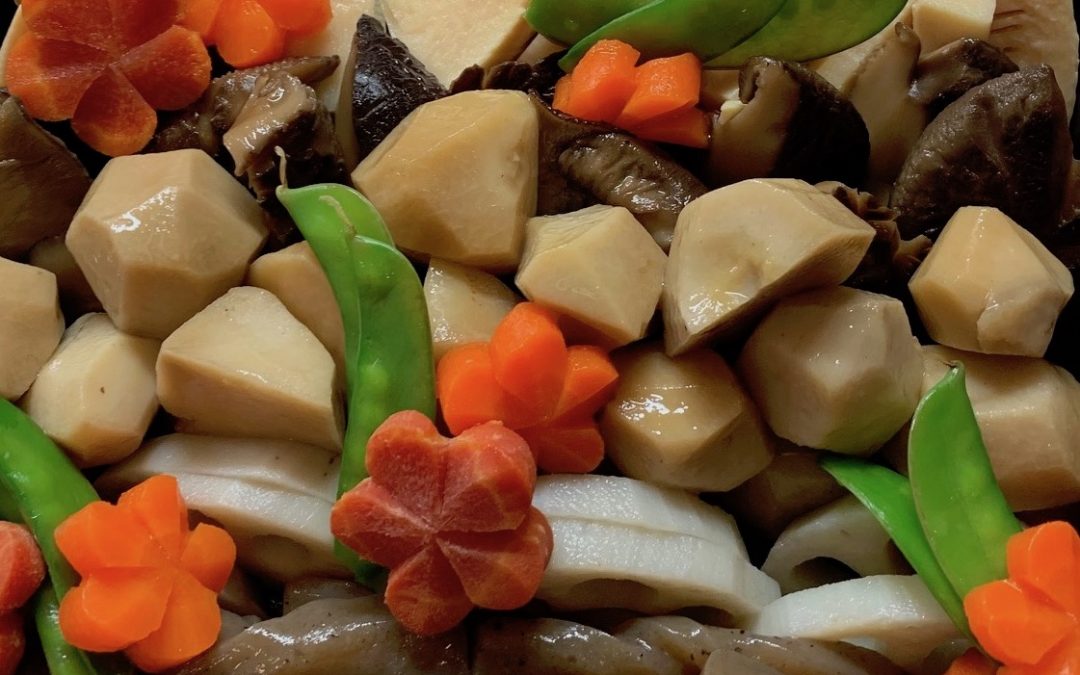
by Elizabeth Andoh | Nov 22, 2019 | Culture, Holiday, Kitchen Culture, Winter
In the nishimé assortment pictured here, lotus root, carrots and country potatoes have been simmered Kansai-style while dried shiitaké mushrooms and konnyaku braids have been prepared Kanto-style. NISHIMÉ・煮染め Hundreds of variations on this classic soy-simmered dish...





















